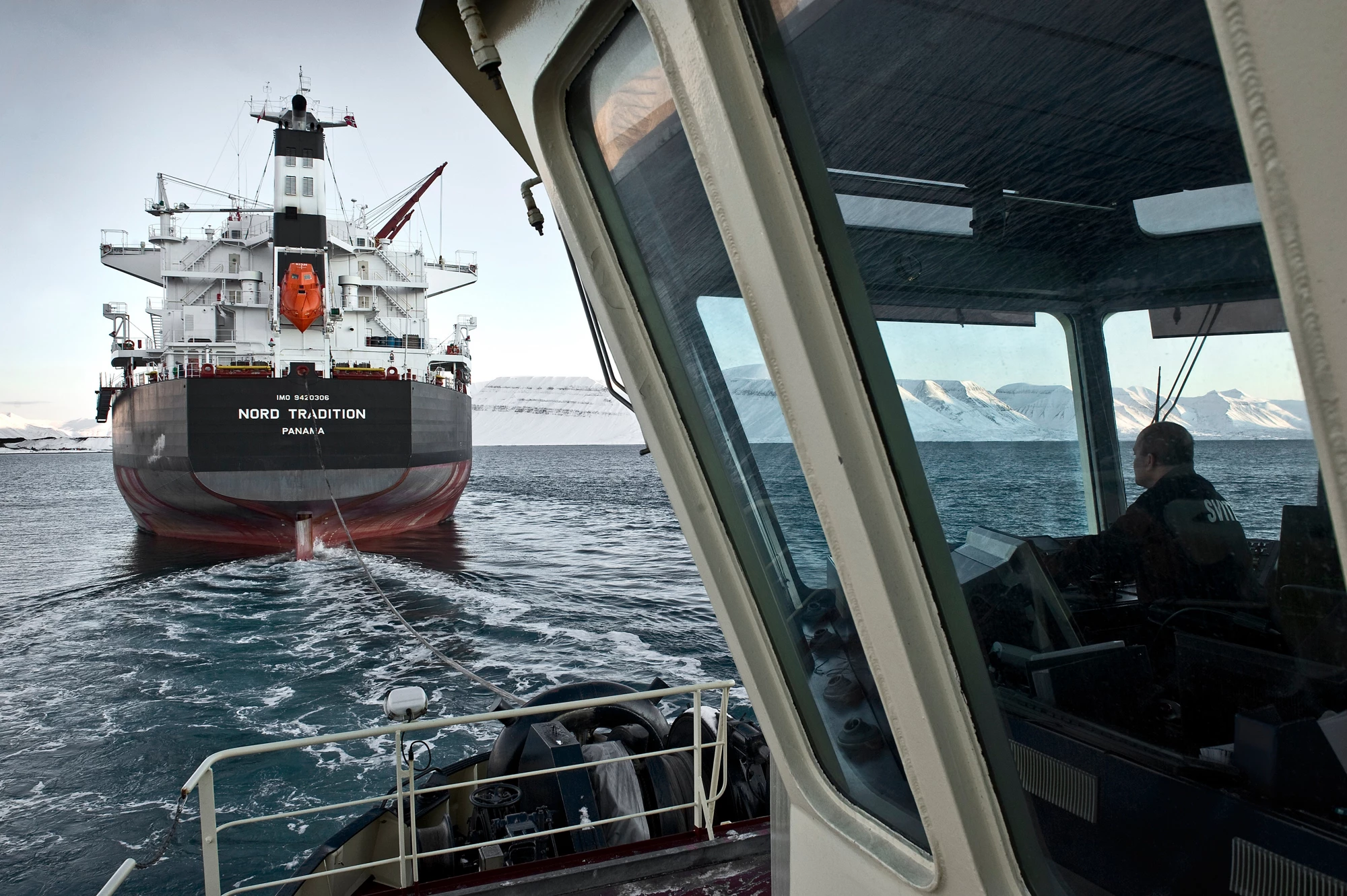Photo Credit: The Maersk Group
Almost everything you buy—no matter how organic or natural—has an impact on the environment. Why? Because everything made and sold has to be transported, and transportation almost always means burning fossil fuels.
Even sea transport, which is more environmentally friendly than other forms of transport, has a big impact. Ships produce huge amounts of air pollution—one large ship produces as much Sulphur as 50 million cars. And that doesn’t even count other greenhouse gases or water pollution.
These problems will only grow worse as the volume of shipping increases. And increase it must — global trade is an important economic driver that helps spur development and reduce poverty. Already, it accounts for half of the world’s total economic output. And over 90 percent of that trade goes by sea.
Should we even worry about this, given that other forms of transport cause more environmental harm? Absolutely. Infrastructure is especially vulnerable to climate risks. So it makes sense to look into every option that could potentially reduce those risks. With shipping volumes so high, even modest improvements can have a big impact in the long run. And it turns out there are plenty of ways to reduce the environmental impact of sea transport.
There are some ways to do this. Improving fuel efficiency is the most obvious—ships use an especially dirty fuel with high Sulphur content, so reductions in fuel use have an immediate impact. In Québec, ferry ships that run on natural gas are expected to cut greenhouse gas emissions by a quarter. Last year, two Finnish firms, Norsepower Oy and Bore, conducted a successful sea trial using a wind propulsion system to reduce the need for fossil fuels, demonstrating potential efficiency savings of five percent. Another simple but effective approach is to provide power to docked ships by plugging them in to the electric grid. This alone can reduce carbon emissions by over 30 percent.
Another creative approach to help safeguard the environment is to make information available about the environmental performance of sea transport providers. The Swedish-based Clean Shipping Index provides a tool to enable cargo owners to consider the environmental impact of their operations in their tendering processes. It also provides valuable data that can be used as a benchmark for environmentally-friendly shipping.
But if there were an award for creative solutions for reducing the environmental impact of the sea transport sector, it would probably go to Dubai Ports World. To prevent a planned port in the Dominican Republic from causing severe damage to coral, they simply moved it using underwater balloons. The transplanted coral colonies are now thriving and attract 1,500 divers a year.
There’s no doubt we need a healthy and growing shipping industry to keep goods on the shelves and drive global economic development. But we also need to make sure our infrastructure—including sea transportation system—is sustainable and resilient to climate risks. It’s a good thing, then, that there are creative options for keeping the sea green.
Related Links:
PPIAF issue brief: Climate Risks and Resilience in Infrastructure PPPs: Issues to be Considered, March 2016.



Join the Conversation